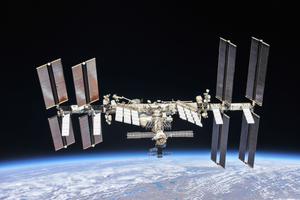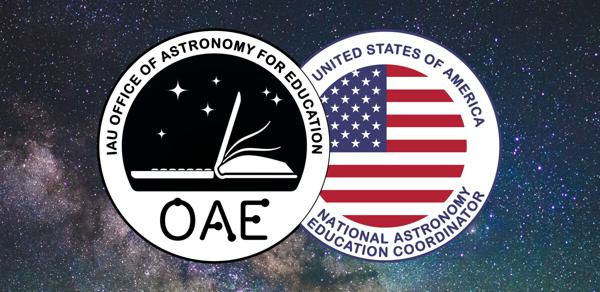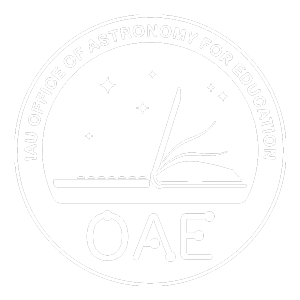Glossary term: 空间站
Description: 空间站是指在轨道上长期运行的航天器,为人类提供一个长期的空间家园。具体来说,它提供适宜的生存条件,从可呼吸的空气到调节良好的温度。迄今为止,所有空间站都依赖于定期运送的食物和水。到目前,空间站都处于或一直处于低地球轨道,国际空间站的轨道距离海平面约 420 公里。在轨道上运行的空间站处于自由落体状态,宇航员、设备和空间站都受到地球引力的相同加速度。由于空间站内的宇航员和设备受到加速度的大小和方向与空间站内周围环境相同,因此他们会体验到失重的感觉,尽管他们实际上并没有失重。这种感觉通常被称为 "微重力",不过这个名称可能会引起误解,因为地球引力对空间站、宇航员和设备的影响仍然很大。空间站主要用于研究,特别是研究微重力对人体的影响;这是为进一步的太空探索阶段做准备。
Related Terms:
See this term in other languages
Term and definition status: The original definition of this term in English have been approved by a research astronomer and a teacher The translation of this term and its definition is still awaiting approval
The OAE Multilingual Glossary is a project of the IAU Office of Astronomy for Education (OAE) in collaboration with the IAU Office of Astronomy Outreach (OAO). The terms and definitions were chosen, written and reviewed by a collective effort from the OAE, the OAE Centers and Nodes, the OAE National Astronomy Education Coordinators (NAECs) and other volunteers. You can find a full list of credits here. All glossary terms and their definitions are released under a Creative Commons CC BY-4.0 license and should be credited to "IAU OAE".
If you notice a factual or translation error in this glossary term or definition then please get in touch.
Related Media
国际空间站
Credit: 美国宇航局 credit link
License: PD Public Domain icons









